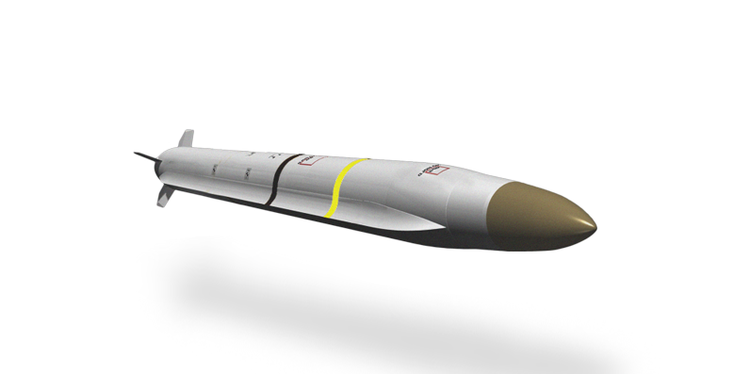Even the most seasoned HR departments can find the hiring process tedious. There are plenty of interviews to conduct, many CVs to review and heaps of assessments to consider. Many moving parts make the process complex.
Due to this, hiring is an incredibly organized process that follows a pre-defined course of action. With the right process, organizations can get back to candidates on time, review their assessment response and be able to hire a suitable candidate. While these are the things taught in a Masters in Human Resource Management program, there will be times when you will have to put what you have learned into practice.
If your organisation is trying to find ways to streamline their hiring process, here are some quick tips to help you streamline your recruiting process:
- Establish a Structure
Organizations will struggle to test and hire the right people without a concrete hiring structure, especially in industries like engineering, construction and technology. Moreover, without a solid structure, you will always be starting to hire and onboard a new candidate from scratch.
Having a structure doesn’t mean you need to create layers of interviews, test and finalize the candidate, but to speed up the process while hiring a suitable candidate. A well-documented process will keep everyone on track and ensure the process comes to a full circle as soon as possible. Also, with every step of the way getting documented, an organization can save lots of money spent on hiring and prevent bad hires.
- Set Clear Expectations
Building a talent pipeline with candidates who are capable of taking up required positions will save a lot of money and time. However, for this to work in your favour, prepare the pipeline in advance. An effective way to find candidates for this purpose is to set key responsibility areas (also known as KRA) that the candidate must fill before they are considered for the role.
These KRAs will differ depending on the level at which the candidate is joining. For instance, the responsibilities of a senior website developer will be different from those of a junior website developer. Setting a clear and comprehensive KRA will prevent hiring underqualified candidates.
Aside from KRAs, working on key performance indicators (KPIs) is also a crucial step you shouldn’t miss. The KPIs will form the basis on which the candidate’s performance will be evaluated. Tangible and pragmatic KRAs and KPIs will ensure you are hiring candidates that align with the growth your organisation is aiming to achieve.
To lay out clear expectations from the candidate, highlight the position responsibilities, the working hours and the scope of leadership and career advancement for the position you are hiring for. Doing so will ensure the candidates are aware of what they are expected to do, and this step will prevent any miscommunication during the later hiring stages.
- Opt for an ATS
Applicant Tracking system can be incredibly useful at each point of the hiring process. The system starts working when your posted job requirement gets applicants and sends real-time alerts. It can help increase efficiency during the recruitment process by streamlining the conversations, creating easy-to-follow workflows, updating hiring statuses and assigning tasks to different team members.
Moreover, as ATS centralises all the processes, everyone is on the same page about what they are working on, and there is a lower chance of duplication of tasks. At the core, these systems can help build a talent pipeline, schedule interviews and check compliance.
Also, the ATS parses and screens the resume, ensuring you interview suitable talents, which significantly speeds up the hiring process. Another key feature of using an ATS is how the tool can integrate with your hiring page easily and start working when a candidate shares their contact information or CV through the website. ATS can modernise the way you hire and build your talent pool.
The Bottomline
Hiring, admittedly, is an expensive and time-consuming process. Streamlining the process ensures you are not spending too much time engaging with a candidate who might not be the ideal fit for the job. However, when you have found the right candidate, extend an offer as soon as possible. Also, investing in digital technologies like portals and ATS can significantly reduce the challenge of going through every CV to find candidates that match the job requirements.







